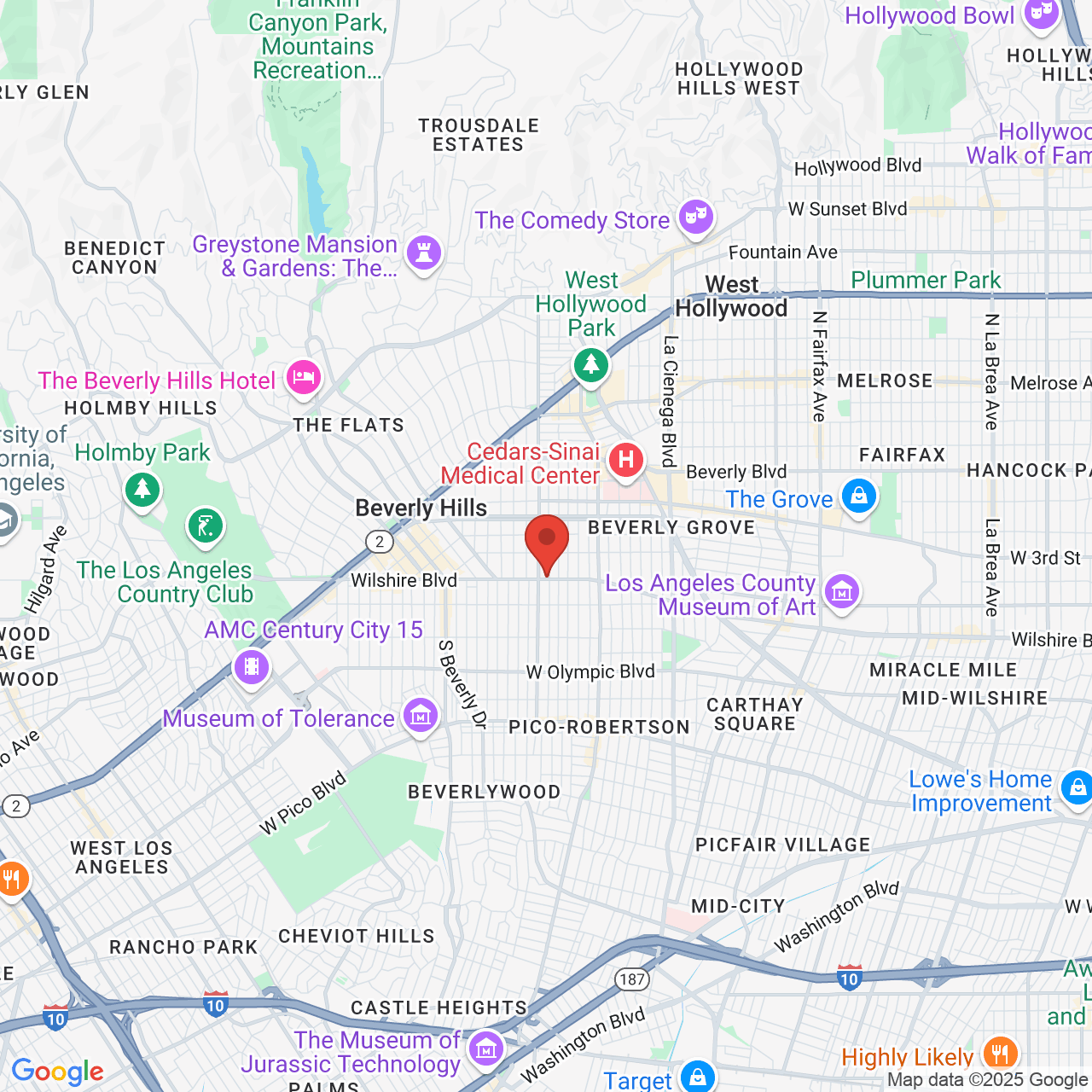Ear Reconstruction
 Ear reconstruction surgery rebuilds an ear that is damaged, deformed, or misshaped. The procedure reshapes the ear so that it looks as detailed and natural as possible. Ear reconstruction surgery may be performed on one or both ears, depending on a person’s needs.
Ear reconstruction surgery rebuilds an ear that is damaged, deformed, or misshaped. The procedure reshapes the ear so that it looks as detailed and natural as possible. Ear reconstruction surgery may be performed on one or both ears, depending on a person’s needs.
At our Beverly Hills, CA, plastic surgery practice, microtia specialists Dr. John Reinisch and Dr. Youssef Tahiri plan and coordinate ear reconstruction surgery to provide patients with the best results possible. Here we provide an overview of ear reconstruction treatment, including ideal candidates for the procedure and the recovery process.
Who Is Ear Reconstruction For?
Ear reconstruction is performed to address congenital deformities or abnormalities caused by trauma. Surgery is tailored to meet each patient’s unique needs, so the procedure may be ideal for individuals with:
- Microtia (small, underdeveloped, or missing ears)
- Constricted ear deformities
- Protruding ears
- Tissue loss from surgery or other trauma
Candidates for ear reconstruction surgery should be healthy and free of conditions that could increase the risk of surgery or impede with surgical recovery.
Whereas most cosmetic procedures are performed primarily on adults, ear reconstruction may be suitable for children, teens, or adults. For a child to be considered an ideal candidate for treatment they should have ear cartilage that is stable enough for correction and be able to cooperate and follow instructions well. Most often, ear reconstruction is best for children aged five or older, but it can be performed earlier in certain situations.
Ear Reconstruction Techniques
There are various techniques that may be used during ear reconstruction. Generally speaking, the ear will be reconstructed using either the patient’s own rib cartilage, an implant, or a prosthetic. During your consultation, Dr. Reinisch can also discuss the MEDPOR® ear reconstruction technique in which the surgeon creates an ear framework that matches a patient’s healthy ear.
- Autologous ear reconstruction - Autologous ear reconstruction takes place in multiple stages. During the initial phase of treatment cartilage is taken from the patient’s ribs. This cartilage is used to create a three dimensional framework for the ear. During a second surgical procedure the framework is placed under the skin at the treatment site. After recovery, the new ear can be further reconstructed to adjust its appearance.
- Implant - Instead of using a patient’s rib cartilage to create an ear framework, ear reconstruction can be performed with an implant. The implant is a prefabricated framework that is covered with tissue and skin at the treatment site.
- Prosthetic - A prosthetic is an artificial ear that is attached with adhesives or a bone implant. Prosthetics can damage easily, so they don’t tend to be good options for children or teens, who are likely to lead active lifestyles.
Ear Reconstruction Recovery
Ear reconstruction recovery is fairly short and most patients recover without complications. During the first couple of days after surgery inflammation and discomfort are common. We provide our Beverly Hills patients with medication to control swelling, improve comfort, and prevent infection. Patients may also feel worn down during the initial stage of recovery. Rest is important, but patients should avoid sleeping on the treated ear. Most patients are able to return to school, work, or other routine activities about a week after their procedure, though they will need to be careful to avoid strenuous activities or those that could result in an ear injury.
Learn More
If you are interested in learning more about ear reconstruction for yourself or your child, Dr. John Reinisch would be happy to answer any questions you may have. To schedule a personal consultation, send us a message online, or call our Beverly Hills practice at (310) 385-6090.



